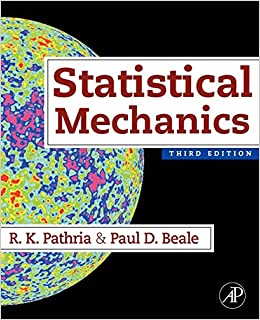Consider the correlation function (g(r ; t, h)) of Section 12.11 with (h>0 .{ }^{22}) Assume that
Question:
Consider the correlation function \(g(r ; t, h)\) of Section 12.11 with \(h>0 .{ }^{22}\) Assume that this function has the following behavior:
\[
g(r) \sim e^{-r / \xi(t, h)} \times \text { some power of } r \quad(t \gtrsim 0) \text {, }
\]
such that \(\xi(0, h) \sim h^{-v^{c}}\). Show that \(v^{c}=v / \Delta\).
Next, assume that the susceptibility \(\chi(0, h) \sim h^{-\gamma^{c}}\). Show that \(\gamma^{c}=\gamma / \Delta=(\delta-1) / \delta\).
Fantastic news! We've Found the answer you've been seeking!
Step by Step Answer:
Related Book For 

Question Posted:





